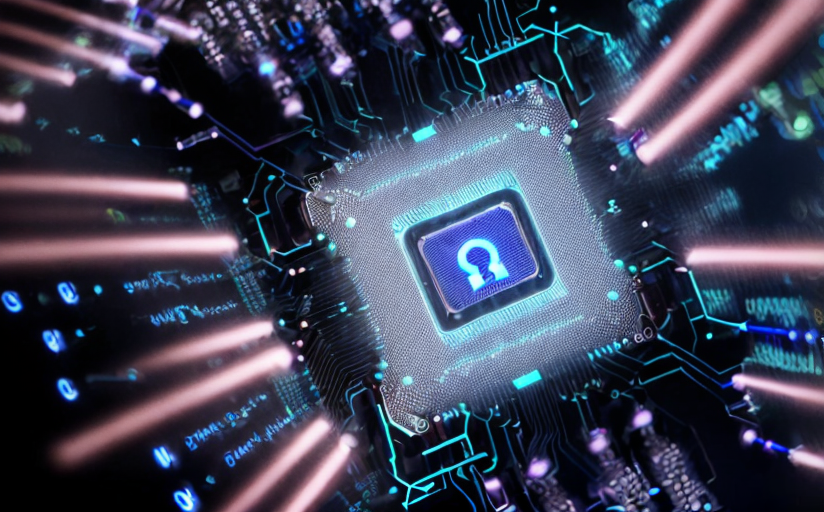Impact of Quantum Computing on Cybersecurity
Quantum computing, with its enormous computational power and potential, presents both unique opportunities and challenges in the field of cybersecurity. This article seeks to explore this technological leap, emphasizing its implications for encrypted communications, potential security threats, improvements in protection capabilities and how cybersecurity specialists are preparing for this paradigm shift.
Quantum Computing and Encrypted Communications
Conventional encryption algorithms rely on factorizing large numbers, a task that would take traditional computers an excessively long time to accomplish. However, quantum computers are capable of resolving such calculations swiftly, potentially undermining current encryption techniques.
Professor Shor of MIT’s algorithm, the so-called Shor’s algorithm, offers a quantum solution to factorize numbers efficiently, implying that encrypted communications could be deciphered more easily than ever before by states, corporations and hackers with access to quantum computing power.
Security Threats and Protection Improvements
While quantum computers pose threats to traditional encryption methods, they concurrently enhance capabilities in other security domains. Quantum key distribution (QKD) provides theoretically unbreakable security based on the principles of quantum mechanics. Moreover, quantum computers could enable the development of stronger, quantum-resistant encryption techniques.
Yet, the successful integration of these techniques hinges on how swiftly cybersecurity professionals can adapt and implement them before adversaries can exploit the window of opportunity created by Shor’s algorithm.
Preparing for the Quantum Shift
Cybersecurity experts are ramping up efforts to prepare for the post-quantum era. Research has been spurred into quantum-resistant cryptography, with significant progress made by the likes of IBM and Google.
Furthermore, organizations should prioritize cybersecurity in their quantum strategy, investing in research and development, training their workforce in quantum mechanics, and staying abreast of the constantly evolving landscape.
Adapting to the Change
As for governments, they must adjust their security protocols and consider establishing regulatory frameworks to manage this powerful technology. Adopting quantum-resistant algorithms, investing in quantum technology education, and ensuring strategic cooperation between the public and private sectors are key steps towards a safe and advanced future in cybersecurity.
Conclusion
Quantum computing, undoubtedly, poses significant shifts and challenges in the cybersecurity landscape. It holds the potential to shatter existing encryption models, but it also paves the way for stronger, unbreakable security models. The transition to this new era ought to be strategic, with the careful and concerted effort of businesses, governments, and cybersecurity experts alike.



















Comments
Leave a Comment